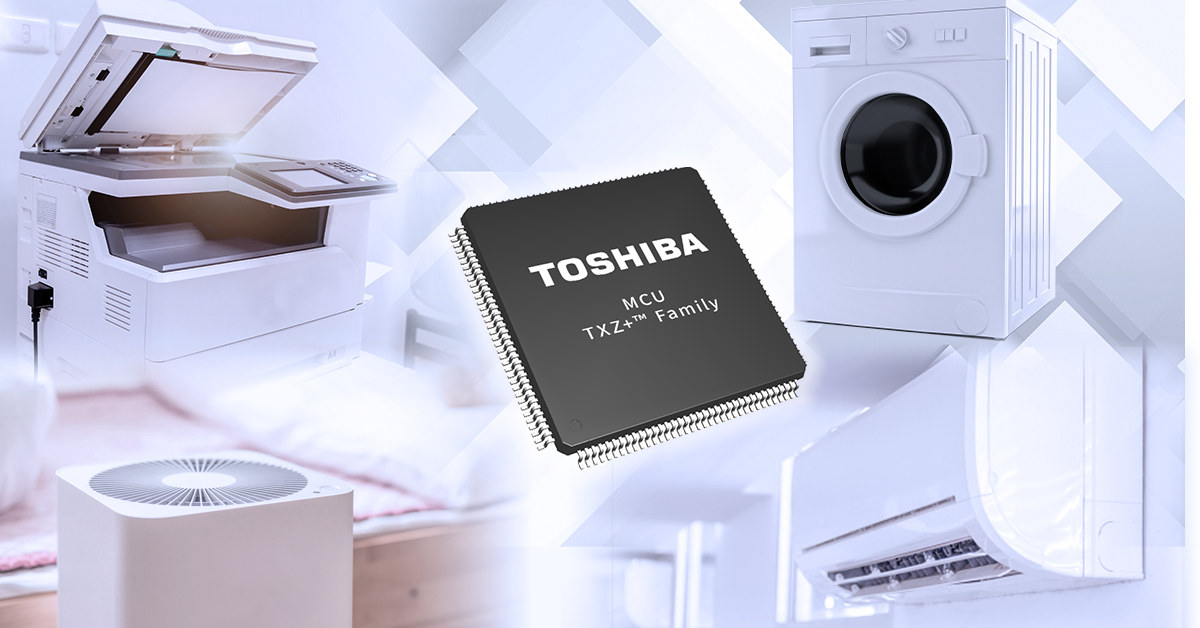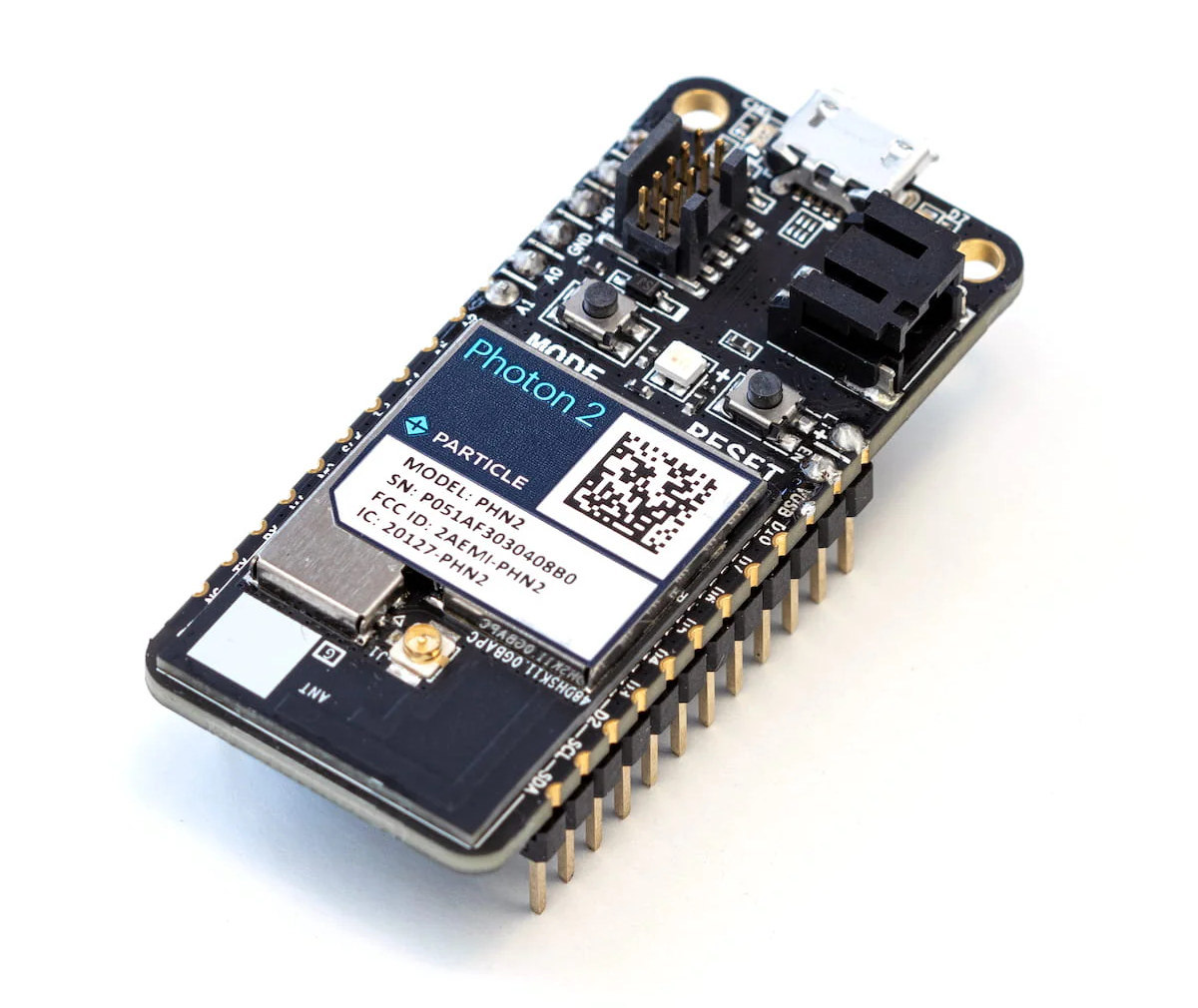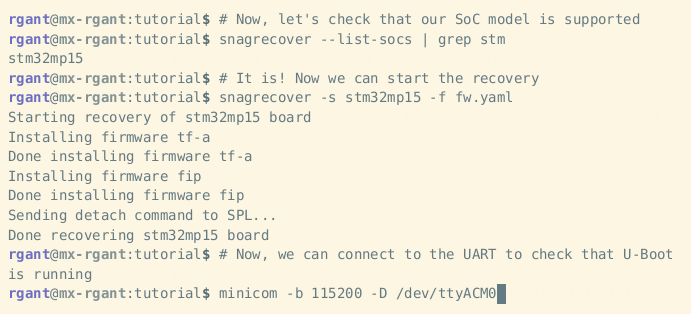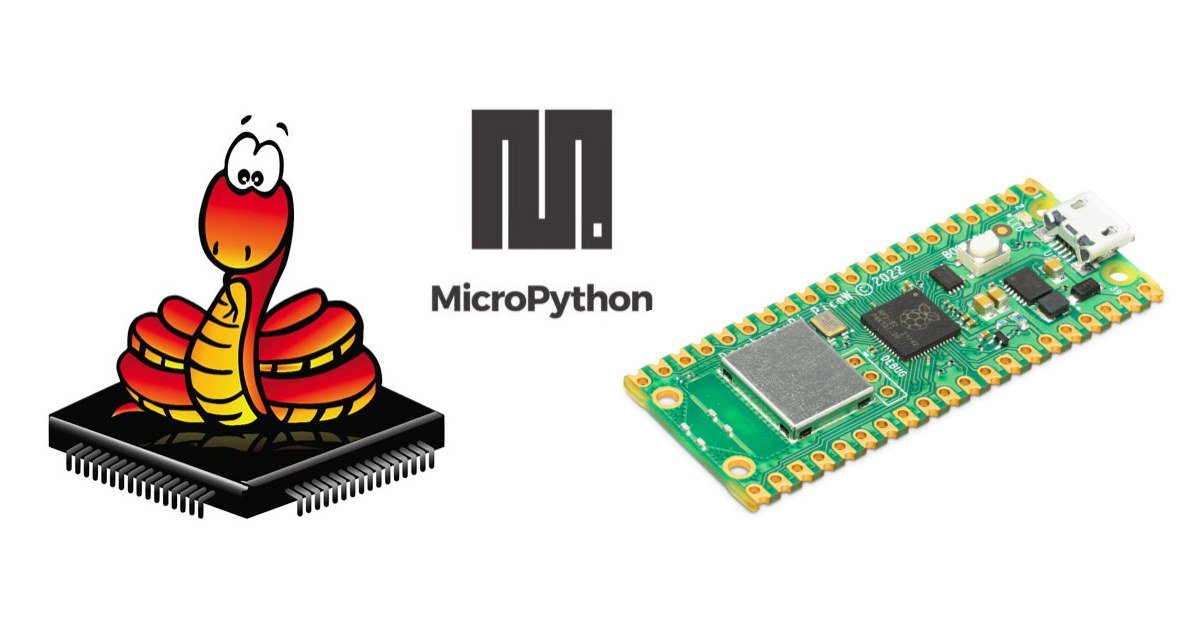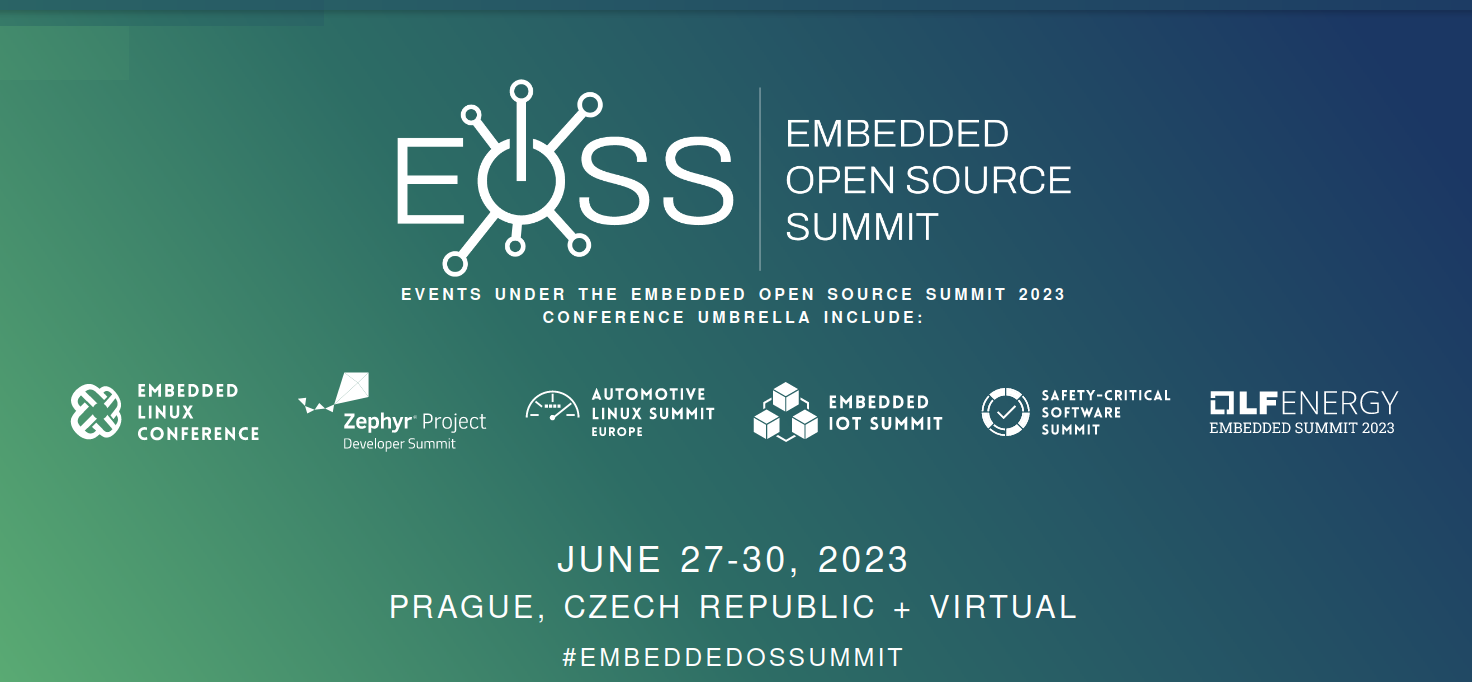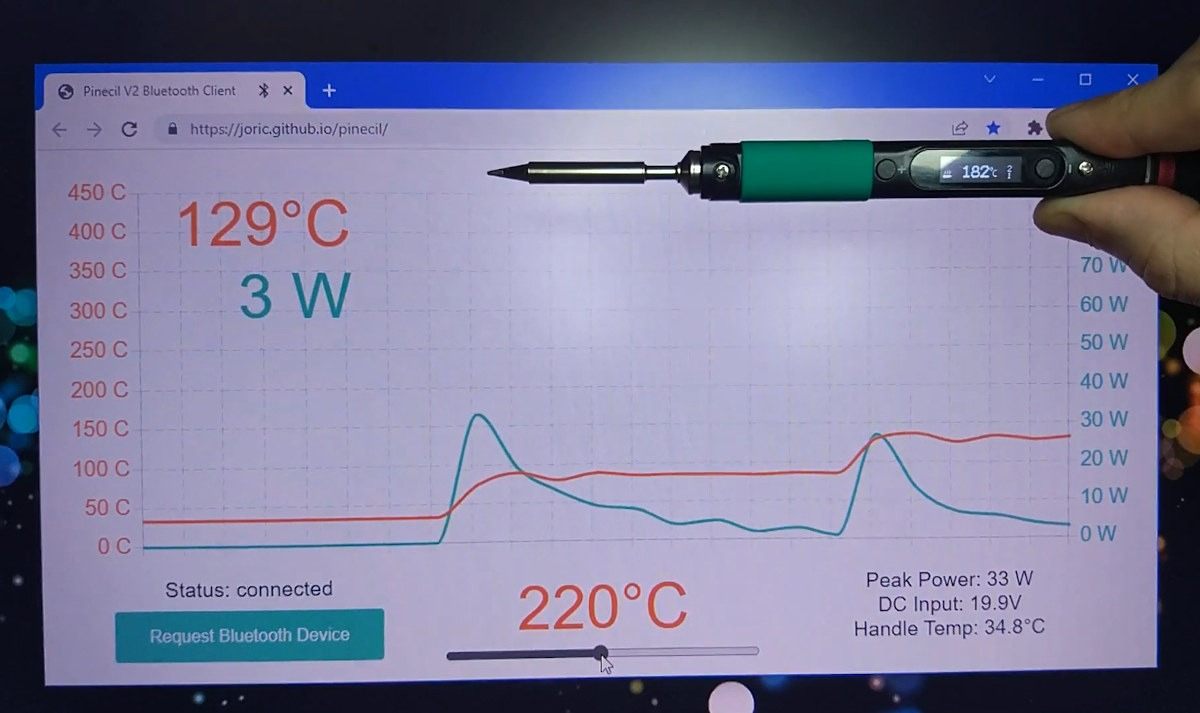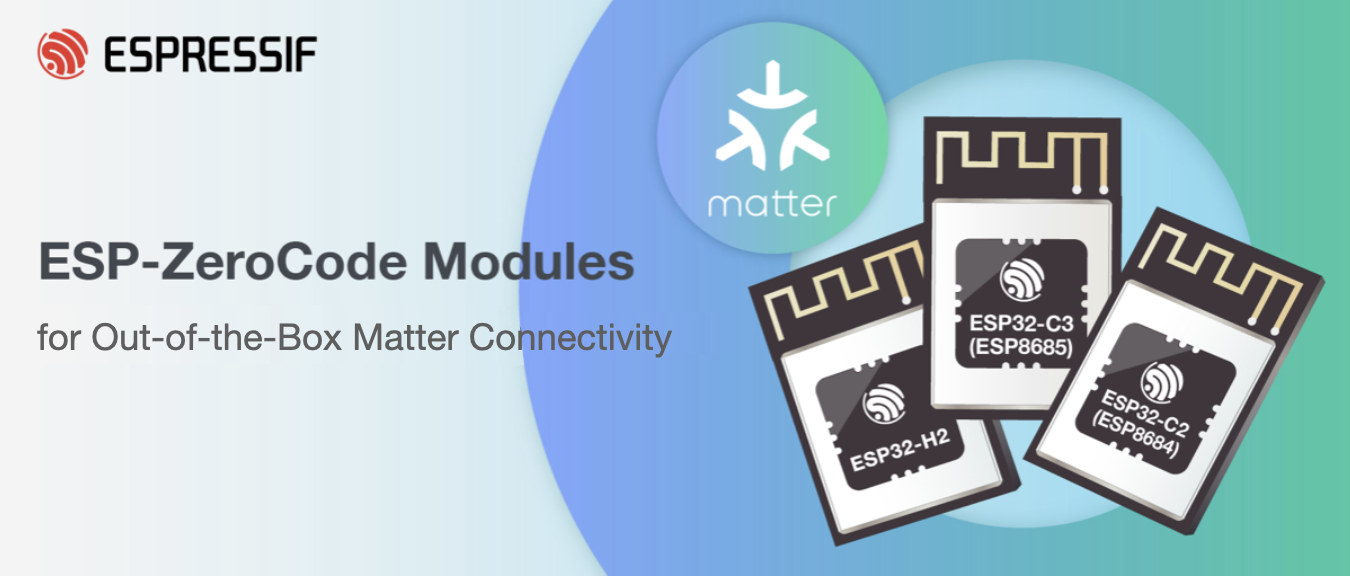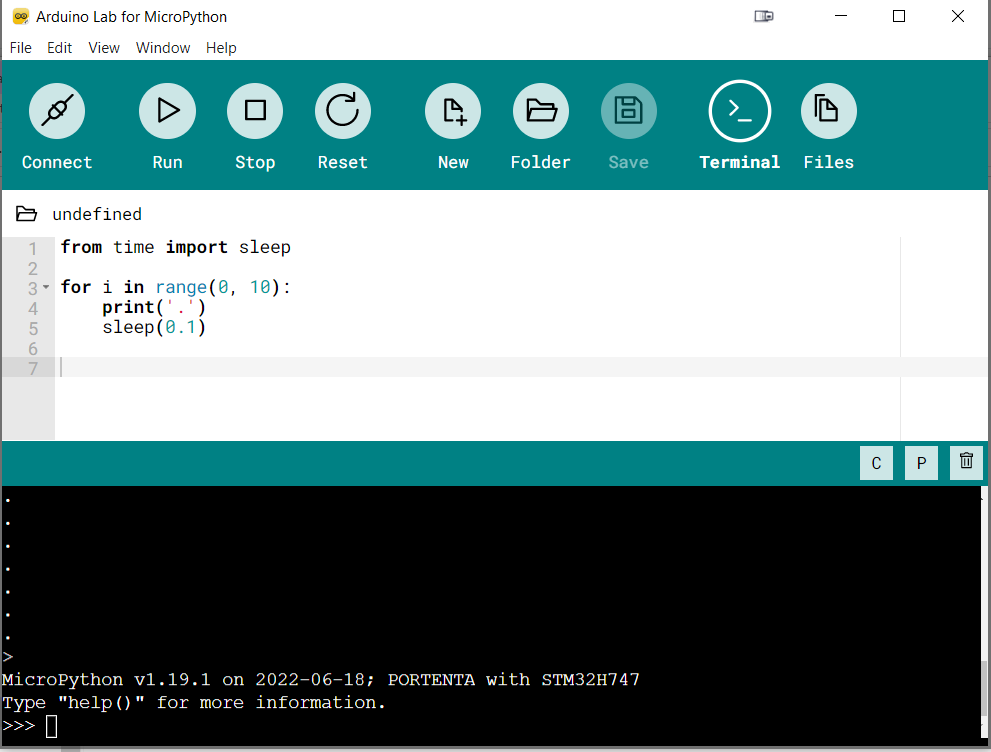Toshiba “MH3 Group (2)” Arm Cortex-M3 microcontrollers come with a 1MB flash memory partitioned into two 512KB partitions to enable firmware updates without interrupting microcontroller operation using an area swap function to rotate to the new firmware seamlessly. The new M3H Group (2) builds upon the M3H Group(1) by expanding the code flash memory up to 1MB, and the RAM capacity from 66KB to 130KB. Both are part of the “TXZ+ Family Advanced Class” manufactured with a 40nm process, and equipped with a 120 MHz Arm Cortex-M3 core as well as various interface and motor control options such as UART, I2C, Advanced Encoder Input Circuit, and Advanced Programmable Motor Control Circuit. Toshiba MH3 Group 2 key features and specifications: CPU core – Arm Cortex-M3 @ 120 MHz with memory protection unit (MPU) Internal oscillator – 10MHz (+/-1%) Internal memory Code flash memory – 512KB to 1024KB (program/erase cycles: up to […]
Particle launches Photon 2 Realtek RTL8721DM dual-band WiFi and BLE IoT board, Particle P2 module
Particle has launched the Photon 2 dual-band WiFi and BLE IoT board powered by a 200 MHz Realtek RTL8721DM Arm Cortex-M33 microcontroller, as well as the corresponding Particle P2 module for integration into commercial products. The original “Spark Photon” WiFi IoT board was launched in 2014 with an STM32 MCU and a BCM43362 wireless module, but the market and company name have changed since then, and Particle has now launched the Photon 2 board and P2 module with a more modern Cortex-M33 WiFi & BLE microcontroller with support for security features such as Arm TrustZone. Particle Photon 2 specifications: Wireless MCU – Realtek RTL8721DM CPU – Arm Cortex-M33 core @ 200 MHz Memory – 4.5MB embedded SRAM of which 3072 KB (3 MB) is available to user applications Connectivity – Dual-band WiFi 4 up to 150Mbps and Bluetooth 5.0 Security Hardware Engine Arm Trustzone-M Secure Boot SWD Protection Wi-Fi WEP, […]
Snagboot is an open-source cross-vendor recovery tool for embedded targets
Bootlin has just released the Snagboot open-source recovery tool for embedded platforms designed to work with multiple vendors, and currently STMicro STM32MP1, Microchip SAMA5, NXP i.MX6/7/8, Texas Instruments AM335x and AM62x, and Allwinner “sunxi” processors are supported. Silicon vendors usually provide firmware flashing tools, some closed-source binaries, that only work with their hardware. So if you work on STM32MP1 you’d use STM32CubeProgrammer, while SAM-BA is the tool for Microchip processors, NXP i.MX SoC relies on UUU, and if you’ve ever worked on Allwinner processors you’re probably family with sunxi-fel. Bootlin aims to replace all those with the Snagboot recovery tool. The Python tool is comprised of two parts: snagrecover using vendor-specific ROM code mechanisms to initialize external RAM and run the bootloader (typically U-Boot) without modifying any non-volatile memories. snagflash communicates with the bootloader over USB to flash system images to non-volatile memories, using either DFU, USB Mass Storage, or […]
MicroPython 1.20 released with Raspberry Pi Pico W support, mip package manager, smaller footprint
Damien George has recently announced the release of MicroPython 1.20 with support for the Raspberry Pi Pico W board., a new lightweight package manager called mip, a smaller footprint thanks to the use of compressed type structs, and many other changes. mip package manager The new mip package manager uses a custom protocol optimized for embedded systems to query and install packages, and intends to replace upip for installing packages from micropython-lib or any URL. Mip can be run directly on a device, as long as it has network connectivity, or via mpremote from a host computer. Damien explains all pure-Python drivers have been moved from the micropython repository to the micropython-lib repository as part of the change in order to make it easier to install the packages needed for a given project. MicroPython is getting smaller The MicroPython binary size has been reduced by many kilobytes for all ports […]
Embedded Open Source Summit 2023 schedule – Zephyr OS, Security, IoT, Embedded Linux, and more
The Linux Foundation has just announced the full schedule for the Embedded Open Source Summit, which will take place on June 27-30, 2023 in Prague, Czech Republic, as well as virtually starting on June 26. Over 175 sessions, birds of a feather (BoF) tracks, and workshops related to embedded and open-source innovation will be presented at the event itself comprised of six micro conferences: Automotive Linux Summit Europe, Embedded IoT Summit, Embedded Linux Conference, LF Energy Embedded Summit, Safety-Critical Software Summit, and Zephyr Project Developer Summit. Even though I’m not going to attend personally, I’ve gone through the schedule to create my own little virtual schedule with some sessions relevant that should be interesting to me and hopefully to CNX Software readers. Monday, June 26 (Virtual sessions) The first day of the event will have a Yocto Dev training in the morning, and a bunch of virtual sessions that are […]
Pinecil V2 Bluetooth LE soldering iron gets a web interface
It’s now possible to make use of the Pinecil V2 soldering iron‘s Bluetooth LE connectivity through a web-based interface used to monitor and/or set the temperature and power of the RISC-V soldering iron. When the Pinecil V2 soldering iron was launched with a Bouffalo Lab BL706 RISC-V Bluetooth microcontroller last summer, we were told there were main potential cases to make use of the Bluetooth LE features: OTA firmware upgrade and remote telemetry and control. The latter is now being taken care of by Joric who has written a web application to visualize telemetry data and even control the temperature of the soldering iron. To be able to use the Bluetooth features, you’ll first need to install the latest Pinecil V2 firmware with blisp flashing utility before going to https://joric.github.io/pinecil to pair your soldering iron as explained in the wiki. Note the implementation relies on the Web Bluetooth API which […]
Matter compatible ESP-ZeroCode modules enable plug-and-play automation solutions
Espressif Systems has just announced the Matter-compatible ESP-ZeroCode modules with Wi-Fi and/or Thread (802.15.4) wireless connectivity that are designed as plug-and-play solutions for LED lights, outlets, switches, dimmers, relays, fans, and other lighting and electrical devices. I was only recently introduced to no-code programming in a recent post by Ninephon Kongangkab explaining how to use SenseCraft firmware for no-code programming on Wio Terminal. Basically, there’s no need to know Arduino, MicroPython, or any programming language, as the user just has to press a few buttons to configure an IoT device to meet his/her requirements. With the ESP-ZeroCode modules, Espressif offers something similar using several of their ESP32 chips. The first ESP-ZeroCode modules will be offered with either ESP32-C3 (aka ESP8685) or ESP32-C2 (aka ESP8684) WiFi & BLE RISC-V SoCs, or ESP32-H2 802.15.4 & BLE RISC-V microcontroller, and ships with a Matter compatible firmware that enables “near-zero investment in development”. Not […]
Arduino Lab for MicroPython – An experimental cross-platform MicroPython IDE for Arduino boards
Arduino boards have traditionally been programmed with C-like language in the Arduino IDE, but with the Arduino Lab for MicroPython, Arduino added MicroPython to several official Arduino boards. In the words of the Arduino Team, “not an official product yet, an experimental tool”, but I would not be surprised if it becomes an official IDE eventually as the company collaborated with Damien George, the creator of MicroPython, to port the official the virtual machine to a number of Arduino products, and Murilo Polese to develop the Arduino Lab for MicroPython cross-platform IDE for MicroPython. The IDE looks familiar… Oh yes, I see it now, it’s basically the Arduino IDE, but for MicroPython… 😉 and many of the same features including supporting connection with a board, code upload, file transfer, plus a Python-specific interactive REPL shell. Arduino Lab for MicroPython features so far: MicroPython’s Read Eval Print Loop (REPL) Enter […]


